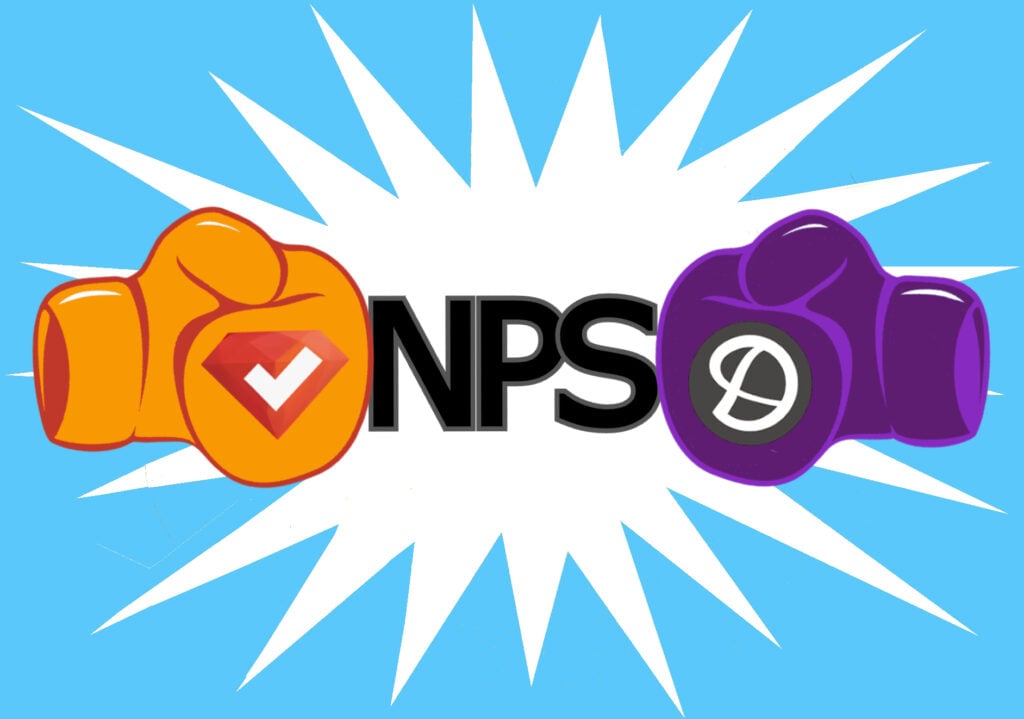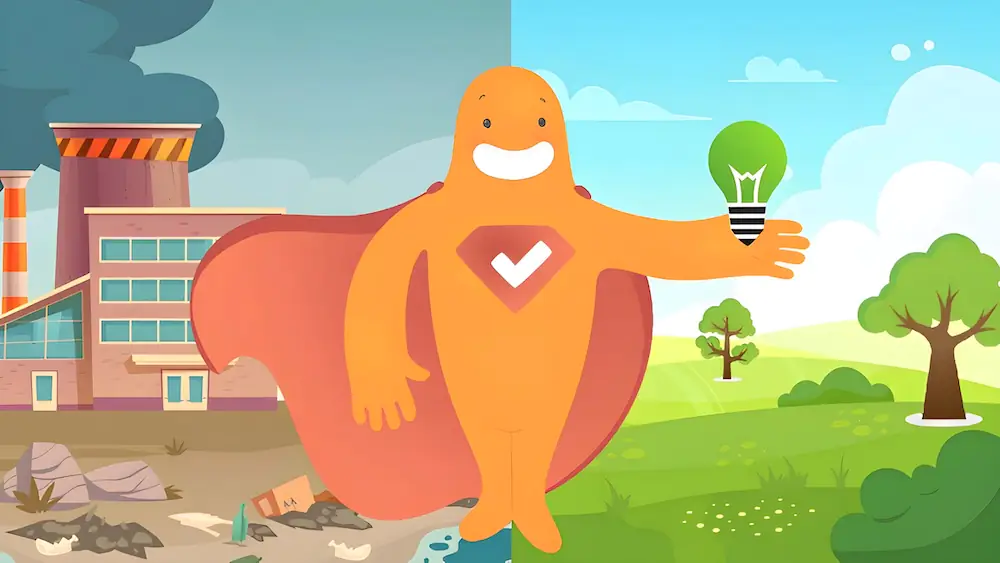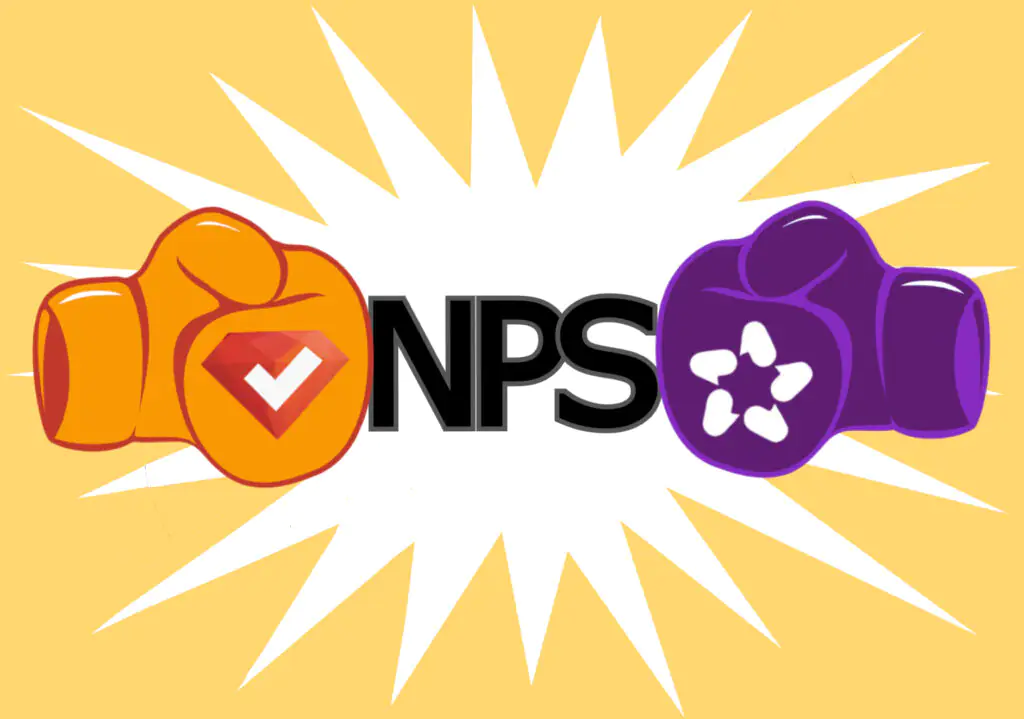Testing isn’t over just because you’ve completed your schooling. Many industries conduct certification testing prior to hiring employees to assess whether individuals have a baseline level of competency within the field. Some certification tests have a lot of structure and are administered by governing bodies. Others are created without oversight of a governing body, giving employers the ability to “make them their own.” In these cases, employers may choose to conduct a certification test via an online survey provider.
Create Your FREE Certification Test Survey Now!
What is a Certification Test?
According to the US National Council on Measurement in Education, a certification test is a credentialing test used to determine whether individuals are knowledgeable enough in a given occupational area to be labeled “competent to practice” in that area. Certification tests are aligned with the knowledge and skills required for the specific certification, and the content is often based on industry standards, best practices, and the expertise deemed essential for success in a particular role.
Some certification tests are administered by certifying bodies or organizations responsible for setting standards and maintaining the integrity of the certification process. Examples include CompTIA, Cisco, Microsoft, Project Management Institute (PMI), and many others across many fields, including information technology, healthcare, finance, real estate, law, project management, and many others.
It’s not just organizations and companies that use certification tests, however. Sometimes, individuals seeking recognition or validation of their skills and knowledge will take them of their own volition. For example, students, professionals, or anyone aiming to enhance their credibility in a specific field.
Regardless of who is administering the certification test, most tests have a validity period. At the end of the period, individuals may need to renew or recertify to demonstrate that they have kept their skills up to date.
Create Your FREE Certification Test Survey Now!
10 Types of Certification Questions
The types of questions asked on a certification test depend on the nature of the certification, the skills being assessed, and the goals of the certifying body. However, there are several common question types you’ll see across various certification exams. Here are some examples.
1. Multiple Choice
These questions present candidates with a question and a set of possible answers. They must select the correct answer or the best option from the choices provided. Some multiple-choice questions may have more than one correct answer.
2. True/False
Candidates respond to statements by indicating whether they are true or false. This format assesses knowledge of facts or basic concepts.
3. Fill in the Blank
Test-takers must complete a sentence or phrase by filling in the missing information. This format assesses knowledge of specific terms or details.
4. Critical Thinking Questions
Critical thinking questions, also known as critical reasoning questions, ask people to assess a situation and consider/understand various perspectives, all while acknowledging, extracting and deciphering facts, opinions and assumptions.
5. Scenario-Based Questions
These questions present candidates with a real-world scenario or case study and they must answer questions or solve problems using the information provided. This format assesses the application of knowledge in practical situations. Answers are typically an open-end format or multiple choice format.
6. Hands-On or Practical Tasks
These questions require candidates to perform specific tasks or demonstrate practical skills in a simulated environment. For example, configuring a network, writing code, or troubleshooting a system. Hands-on practical tasks are especially common in technical certifications.
7. Essay or Short Answer Questions
These types of questions ask candidates to provide longer written responses to questions. The questions will often require them to explain concepts, describe processes, or analyze scenarios in depth. This format is more subjective; answers are open allowing the company administering the test to gain a deeper understanding of the individual taking the test.
8. Drag and Drop
Candidates interact with visual elements by dragging and dropping items to their correct locations. This format is assesses the individual’s ability to sequence steps or components correctly.
9. Slider Questions
A slider question asks candidates to move a mark across a numerical scale. Certification test surveys use these to assess an individual’s ability to correctly identify values pertaining to any given question.
10. Image Questions
These questions use survey images from which candidates must choose the correct answer(s). Images could be photos, drawings, diagrams, charts, or any other image that fits with the nature of the certification.
Using a combination of these question types allows certifying bodies and/or employers to assess a range of skills, from foundational knowledge to practical application and critical thinking. You’ll want to carefully choose the specific question types carefully to match learning objectives and competencies for that particular certification. SurveyLegend has many of these types of survey questions available on its platform as you’ll see in the certification survey example below.
Certification Test Example
Below is an example of a certification test using SurveyLegend, which employs an image question, a multiple choice question, and a critical thinking open-ended question. Using a variety of questions keeps test-takers on their toes, and also engages them. Using both quantitative and qualitative questions also provides a more well-rounded picture of the individual taking the certification survey.

Conclusion
Certification tests play a crucial role in professional development by providing a recognized and standardized measure of competency in a given field. They are widely used by employers to assess job applicants, by individuals to enhance their career prospects, and by industries to establish and maintain professional standards. Ready to create your certification test? SurveyLegend has you covered with responsive, secure, and engaging online surveys that double as certification tests. Start your certification survey today for free!
Have you ever taken a certification test? Would using a survey platform be beneficial to you when creating a certification test? Let us know your thoughts in the comments!
Create Your FREE Certification Test Survey Now!
Frequently Asked Questions (FAQs)
Who uses certification tests?
Companies, educational institutions, government agencies, and other organizations all use certification tests. Individuals seeking recognition or validation of their skills and knowledge may also use a certification test to prove their value.
How do you score a certification test?
Typically, a correct answer is assigned a score of one and an incorrect answer is assigned a score of zero. A candidate’s total score on an examination is the sum of all scores on scored items on the exam. What constitutes passing, or earning the credential, will vary greatly depending on the certification.
What is a certification test?
A certification test is a credentialing test used to determine whether individuals are knowledgeable enough in a given occupational area to be labeled “competent to practice” in that area. For surveying certification online, use SurveyLegend for free.
Why use a survey to create a certification test?
Surveys, with multiple choice questions, image questions, and open answer questions, can work for testing purposes and it is often less expensive to create an exam on an online survey platform like SurveyLegend. SurveyLegend provides analysis of the answers which you can then use for scoring the test.





